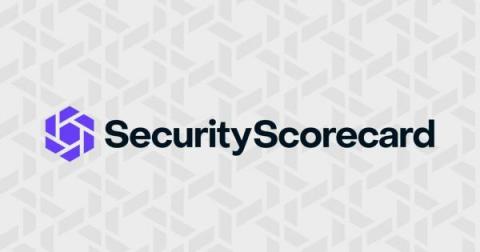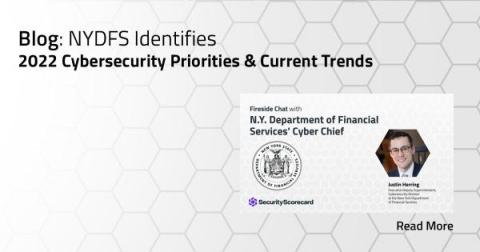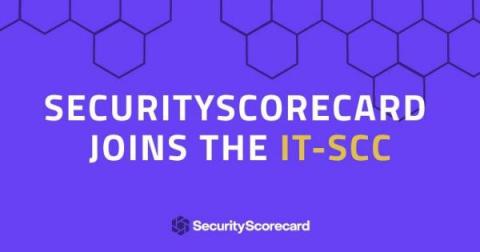Past as a Prologue: What Users can Expect with 2022 Cyber Threats
The cyber risk landscape changes quickly. In the last few years we’ve seen a rise in the number of ransomware attacks, and the end of 2021 was marked by the Log4J vulnerability. As data stacks get bigger and more difficult to defend, you may be wondering what threats are on the horizon in 2022. Based on what we’ve seen so far, the coming year’s risks are likely to be fairly familiar.









